

12-09-24
Accumulated depreciation refers to the total reduction in the value of a business's assets over time due to wear and tear, obsolescence, or usage. It is an essential accounting concept that helps businesses track asset depreciation, ensuring accurate financial reporting and compliance with tax laws.
Unlike depreciation expense, which records the amount depreciated in a single accounting period, accumulated depreciation is the cumulative total since the asset was acquired. It reduces the asset's book value, offering a more accurate reflection of a company’s financial standing.
Accumulated depreciation is neither a liability nor a traditional asset. Instead, it is classified as a contra asset account, meaning it offsets the original value of the related asset, such as accumulated depreciation building or machinery. While it appears under assets on the balance sheet, it reduces the asset's book value rather than adding to the company’s financial resources.
The definition of accumulated depreciation in accounting refers to the systematic allocation of an asset’s cost over its useful life. Businesses apply depreciation to tangible fixed assets such as machinery, vehicles, and real estate to reflect their declining value.
Proper depreciation accounting ensures businesses:
A company purchases machinery for $50,000 with a useful life of 10 years using the straight-line depreciation method. The annual depreciation expense would be:
Depreciation per Year = $50,000 ÷ 10 = $5,000
After three years, the accumulated depreciation balance would be:
Accumulated Depreciation = $5,000 × 3 = $15,000
Thus, the machine's net book value after three years is:
Net Book Value = $50,000 - $15,000 = $35,000
Cumulative depreciation is another term for accumulated depreciation, representing the total depreciation recorded on an asset since its purchase.
The method used to calculate depreciation depends on the chosen depreciation method. Common methods include:
Each method impacts how accumulated depreciation expense is recorded in the books.
Bookkeepers and accountants often make errors when handling accumilated depreciation. Common mistakes include:
These mistakes can lead to financial misstatements, incorrect tax filings, and non-compliance with accounting standards.
Managing accumalated depreciation requires expertise to ensure accurate financial reporting and tax compliance. 360 Accounting Pro Inc. offers comprehensive accounting services, including:
Understanding accumulated depreciation is crucial for businesses to maintain accurate financial records, comply with tax regulations, and make informed asset management decisions. Errors in depreciation accounting can lead to financial misstatements, but with the right approach and expertise, businesses can ensure accuracy.
360 Accounting Pro Inc. specializes in helping businesses track, calculate, and report depreciation accurately, providing solutions for asset management, tax planning, and regulatory compliance.
Need help managing accumulated depreciation? Contact 360 Accounting Pro Inc. today to streamline your financial reporting and maximize tax benefits.
Tags : #AccumulatedDepreciation, #DepreciationAccounting, #FinancialReporting, #AssetManagement, #360AccountingPro, #TaxCompliance


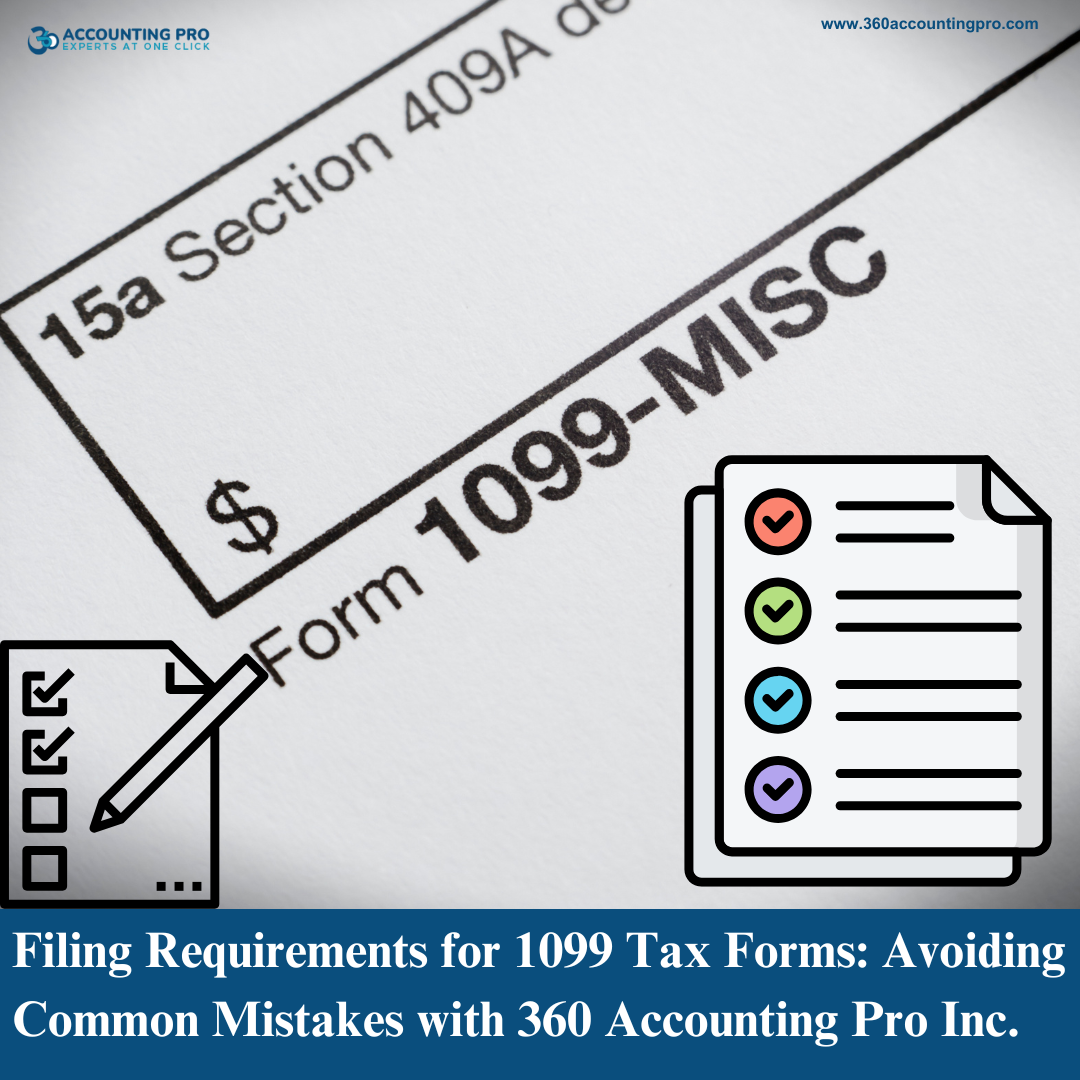



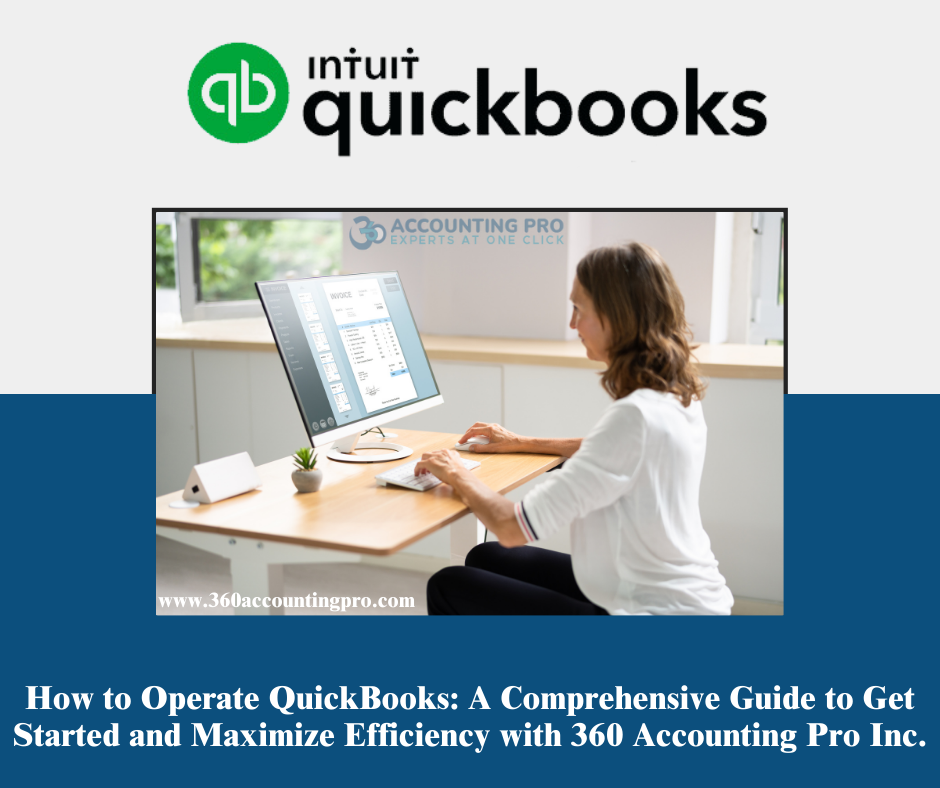

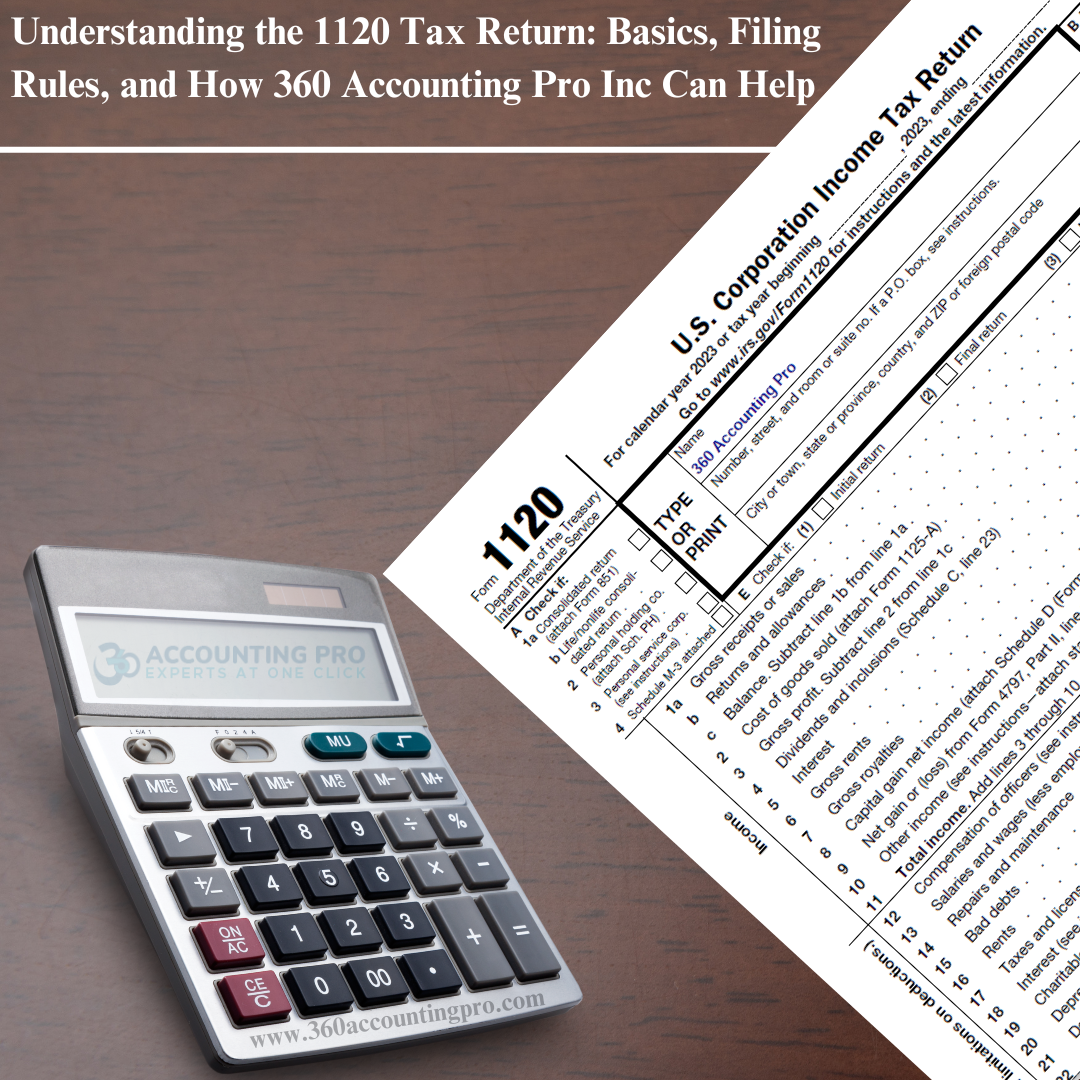
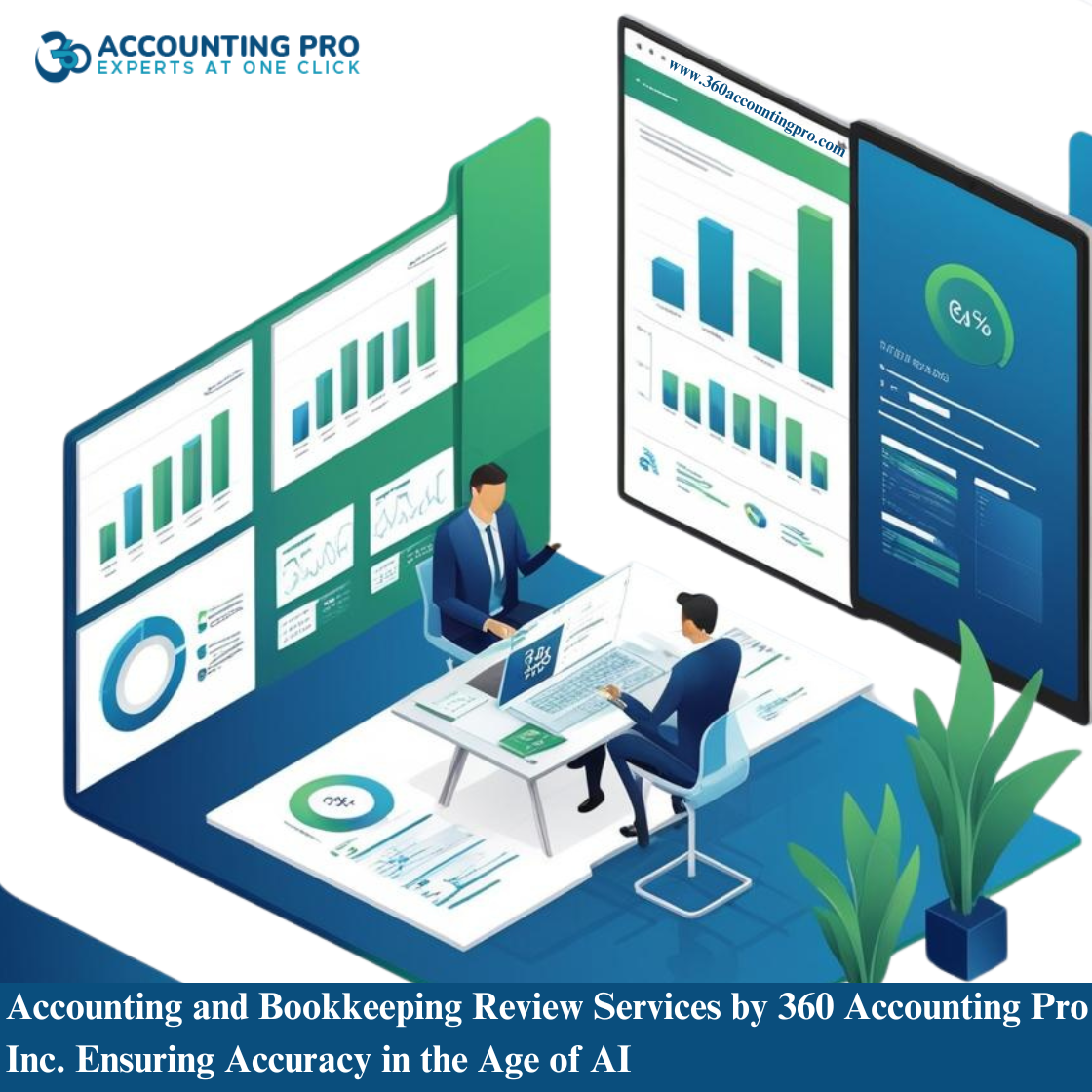
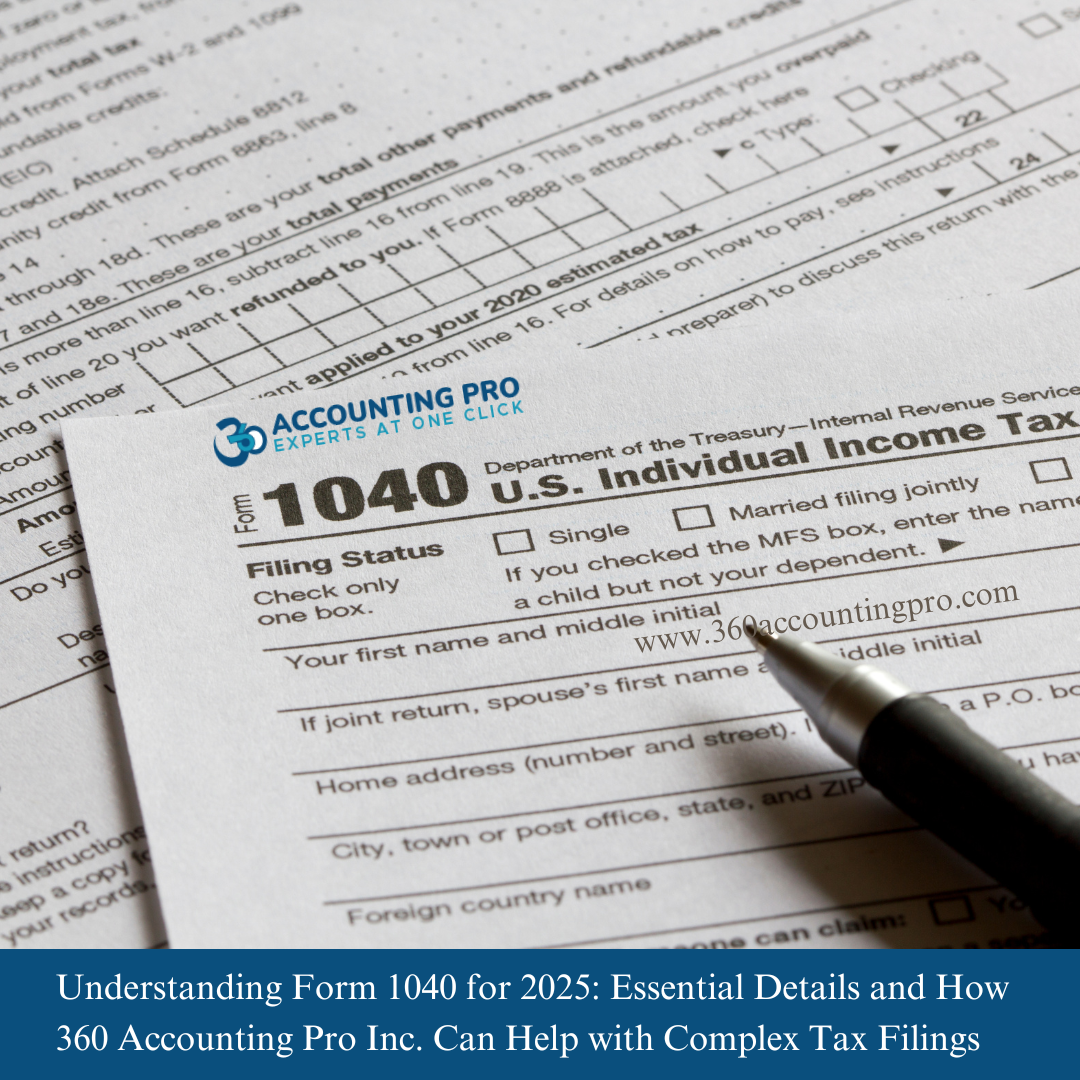




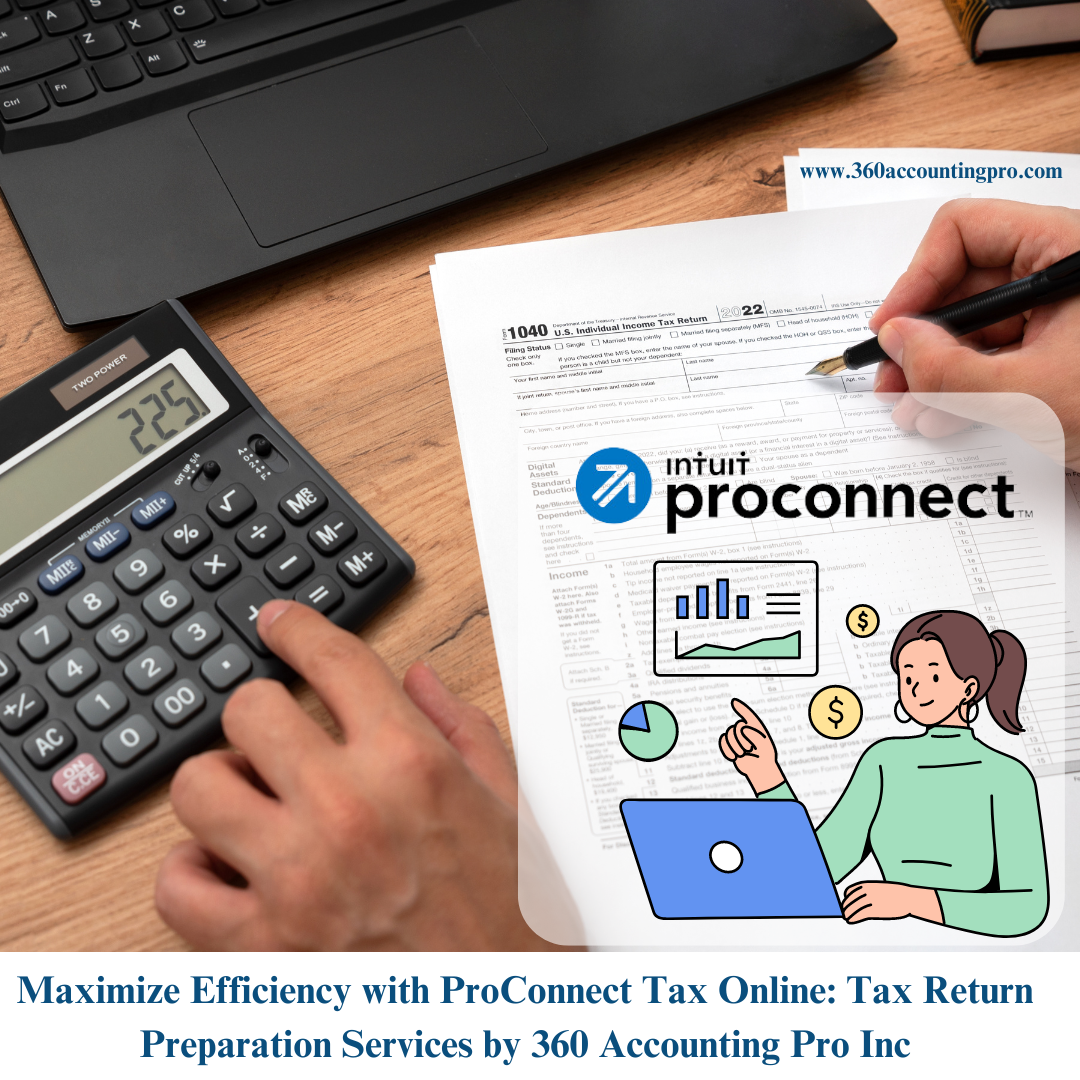




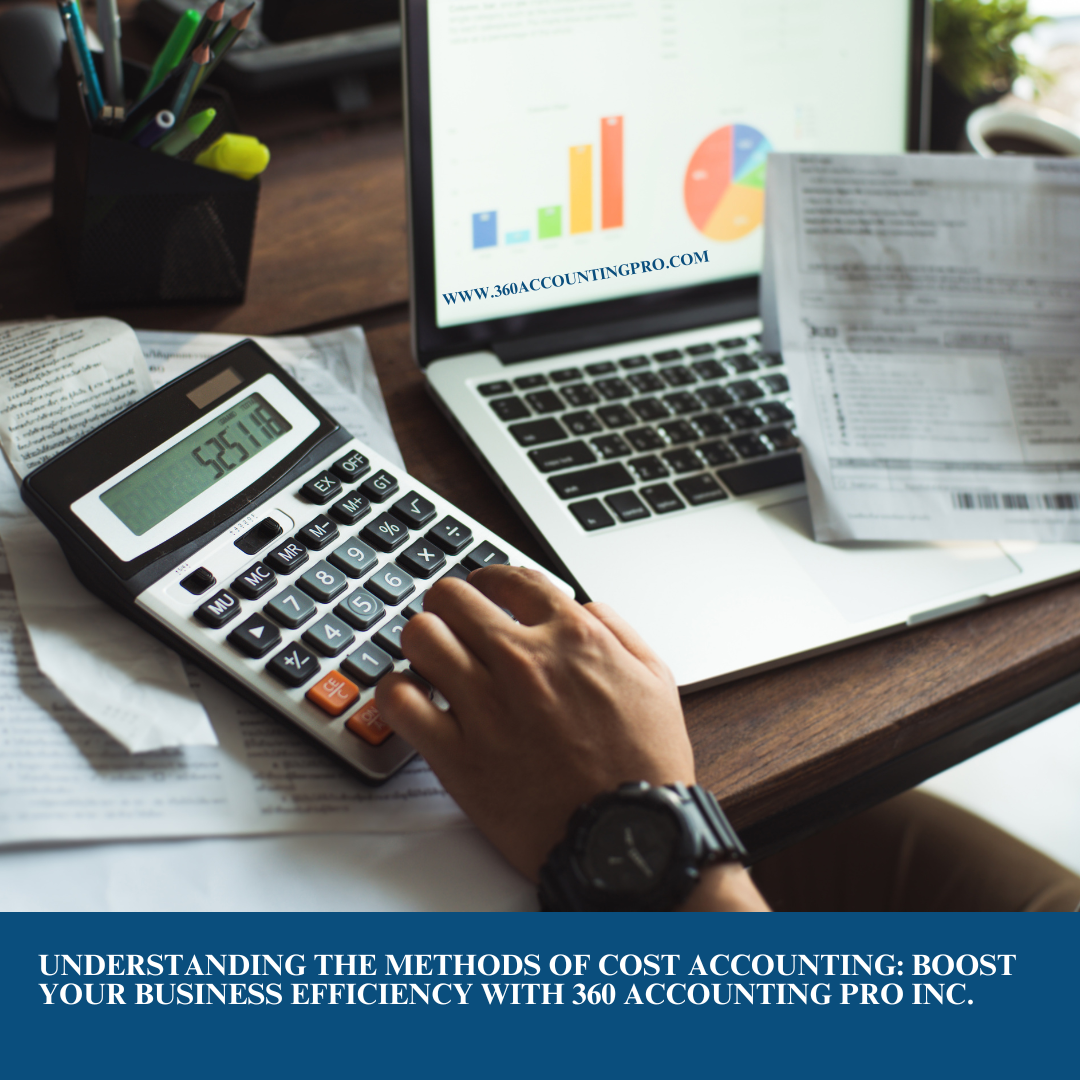





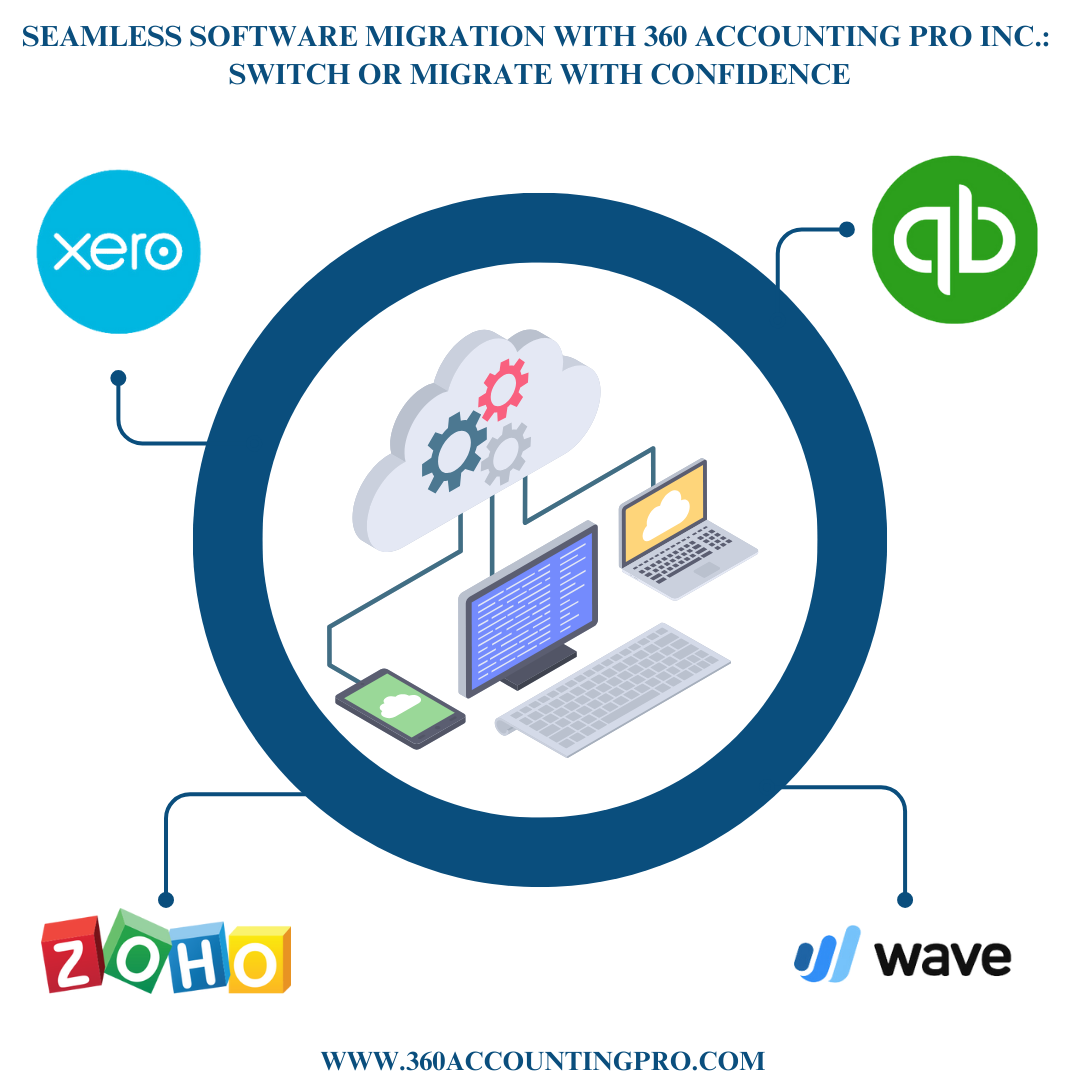







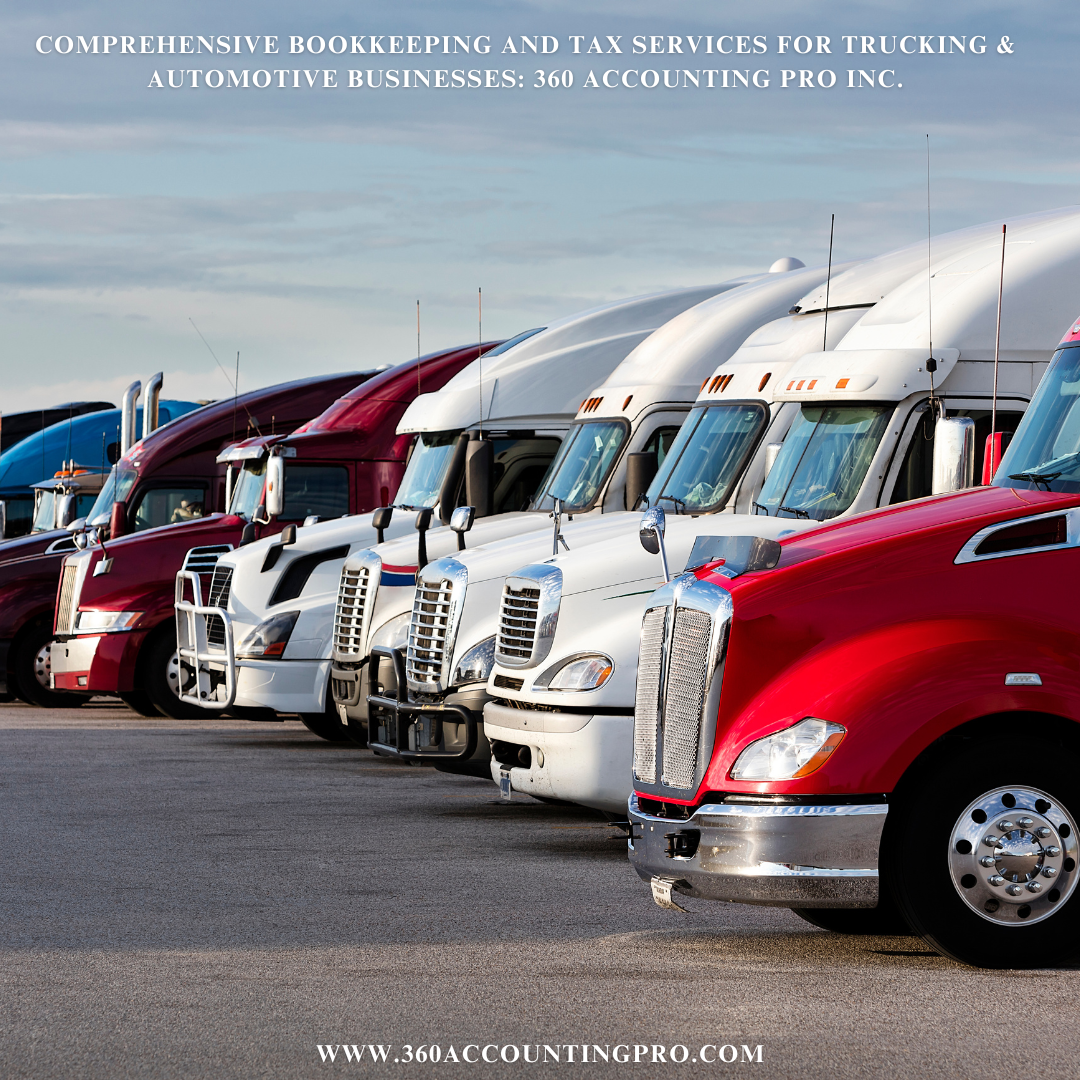








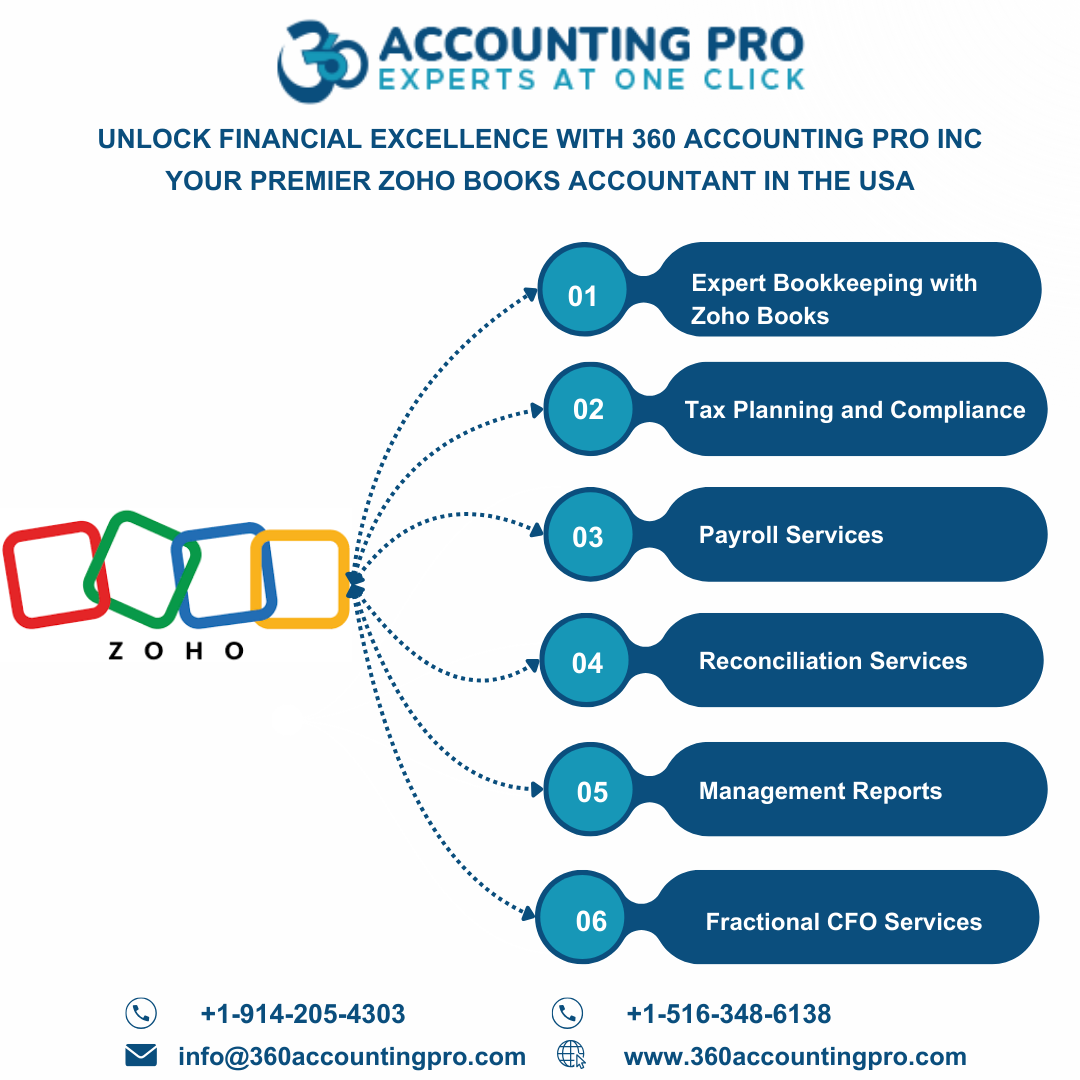

.jpg)
.jpg)
.jpg)
.jpg)


).jpg)




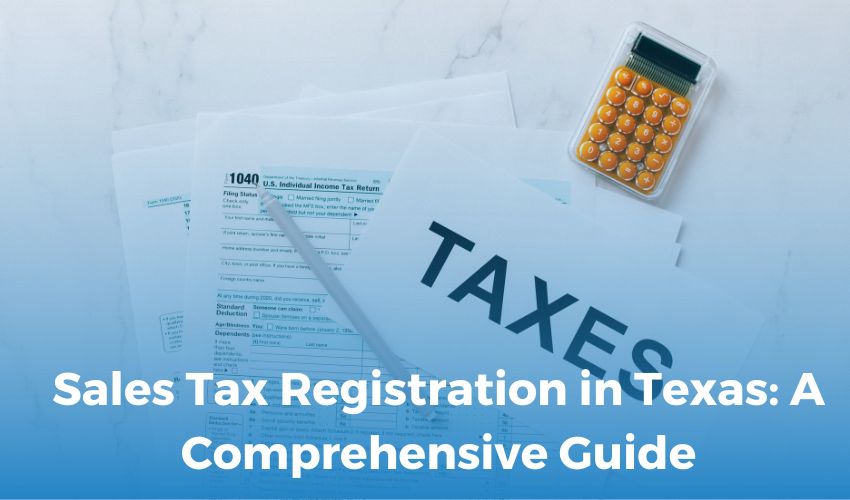






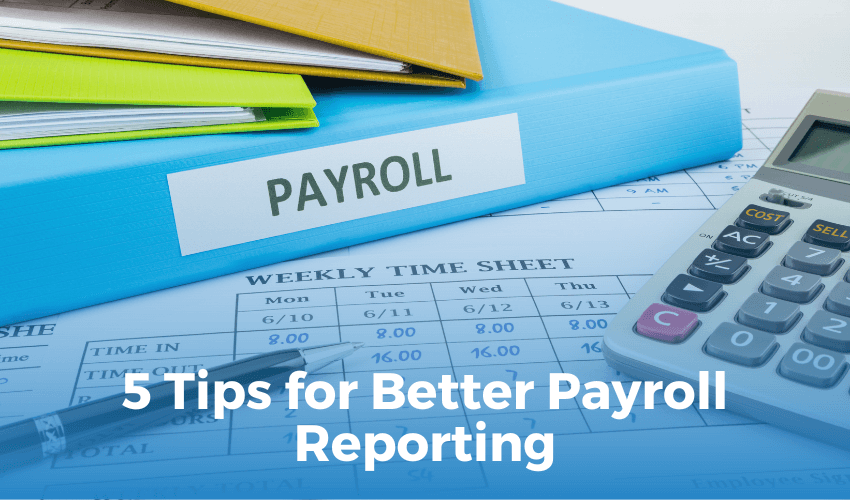
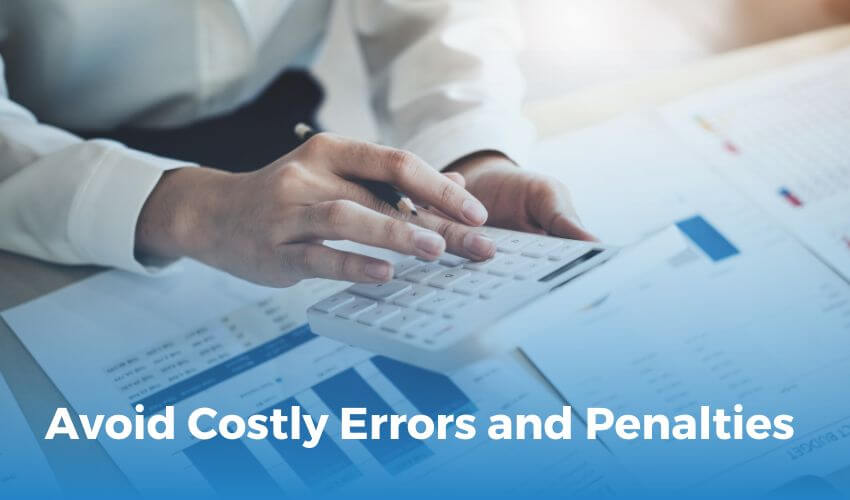

 Get A Quote
Get A Quote
Leave A Comment